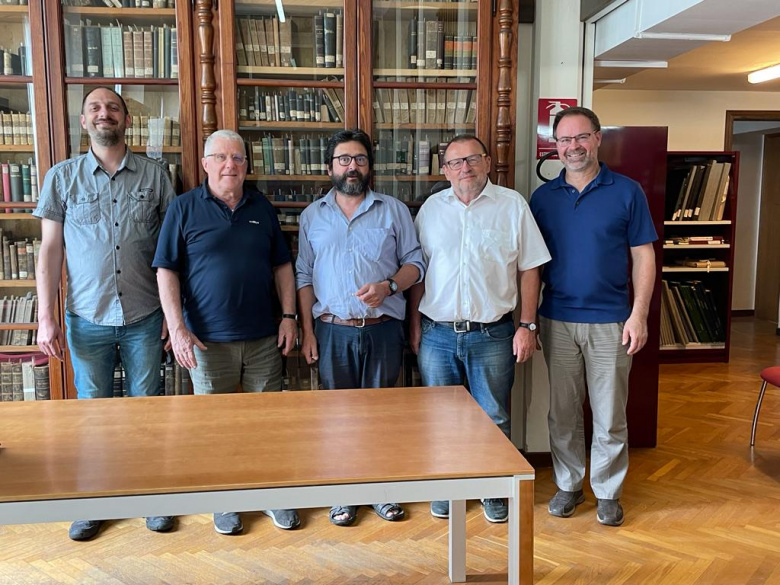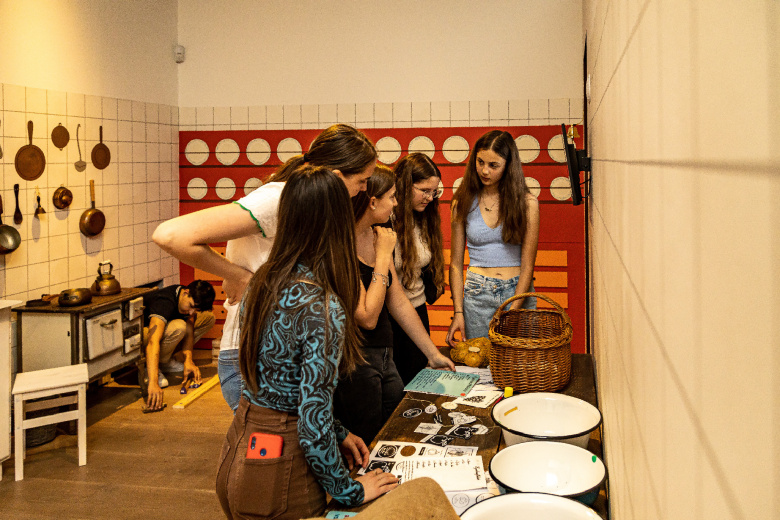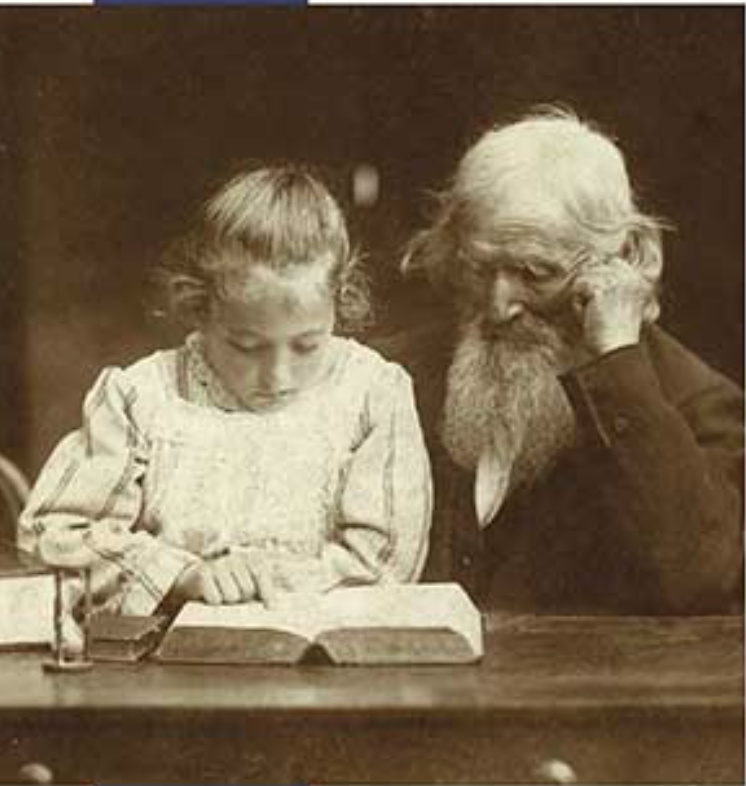Board meeting in Torre Pellice →
For the first time since autumn 2019, the members of the Board met in person - this time in Torre Pellice.
03.07.2022

Welcome to Routes of Reformation, a Cultural Route of the Council of Europe!
Our Cultural Route is the reflection of centuries of histories, when movements of Christianity all around Europe shared the will to change the institutions and break the status quo.
The Reformation process lasted over centuries, starting with the Waldensians in the 12th century, followed by Jan Hus in Bohemia of the early 15th century as well as Martin Luther end of this century together with many other personalities of the Reformation as Huldrych Zwingli and Johannes Calvin.
The Bible translation in the national languages was an important impulse of the Reformation movement, strengthened by the upcoming letterpress.
Today, Routes of Reformation highlights and raises awareness of the bonding character of Reformation and its heritage: We create awareness on the different aspects and unique features of the Reformation movements. We also promote the values of solidarity, hospitality, interculturalism and cooperation.
The Reformation history is visible in more than 70 sights and museums in eight European countries.
With members all across Europe, Routes of Reformation has plenty of sights and museums related to the history of the Reformation among its members.
For the first time since autumn 2019, the members of the Board met in person - this time in Torre Pellice.
03.07.2022

Every year over 12.000 children and young adults, organised in school classes or confirmation groups experience the different offers of the cultural education of the Foundation Luther Memorial on three spots – Eisleben, Mansfeld and Wittenberg.
21.08.2022
Image: LutherMuseen, Uwe Schulze

A temporary exhibition at the Waldensian Cultural Centre Foundation, Torre Pellice, curated by Marco Fratini, Lorenzo Di Lenardo and Stefania Villani
11.09.2022
